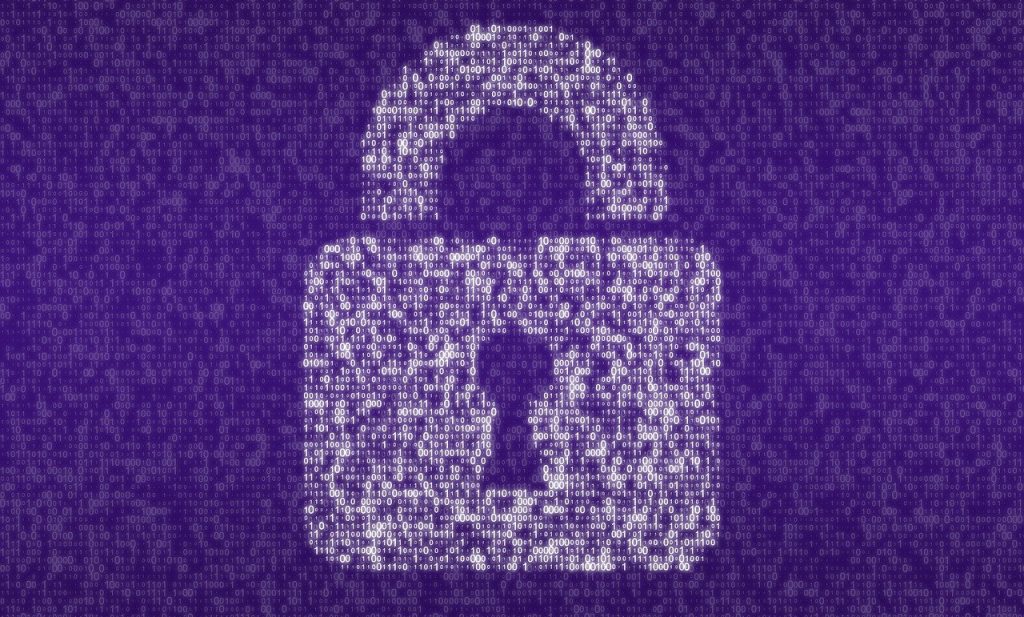In today’s highly contested cyber environments, agencies must be faster and smarter than even the most sophisticated adversary. Retroactive analysis and periodic scans aren’t enough. And even with the best tools, you must assume that attackers will — or already did — find their way in. Only a proactive cyber defense will help you stop attackers early enough in the kill chain so that threats don’t become costly incidents. In other words, you need to put your cyber defenders back on the offensive.
“A proactive cyber defense is essential to winning the war against cyber threats,” said Marty DeConcilis, Vice President of Federal Sales and Engineering at Fidelis Cybersecurity. “The first step is to fully understand your environment, so that you can be prepared to detect, distract and defeat whatever comes next.”
Here are three strategies for proactive cyber defense.
Understand Your Cyber Terrain
You must understand your environment better than your attacker. That means having visibility into all traffic, and ongoing risk prioritization. Only then can you identify potential attack vectors, isolate issues and resolve problems before they escalate.
“Once you have automated systems that continuously discover, analyze and map your cyber terrain, you can put that intelligence to use and stay ahead of adversaries,” DeConcilis said.
Follow the Data
Addressing cyber threats requires strong data loss prevention (DLP). But in today’s hyper-connected environments, traditional DLP can’t keep up. True data protection requires a continuous understanding of data access and movement throughout your network — which is called network DLP.
“Real-time insight is essential to quickly detect and investigate threats and prevent sessions that violate policies,” said DeConcilis. “You need deep, contextual analysis of data movement in real time to spot and stop risks.”
Outmaneuver the Attackers
Post-breach technologies that put you back in control of your environment, including deception and active threat detection, are imperative to cyber resilience. Deception technology changes the attack surface and lures attackers into a contained area of your network. Active threat detection works in conjunction with DLP and deception to correlate alerts and provide strong, actionable conclusions about active threats. This means fewer false positives and faster response times.
“With deception in place, defenders can hunt, detect and defend with great speed and confidence. And active threat detection provides high-confidence conclusions about attacks, including attack stages and the tactics, techniques and protocols in use,” DeConcilis said. “Together, these solutions help stop active threats and prevent re-engagement.”
Fidelis Elevate is an extended Detection and Response (XDR) platform designed for proactive cyber defense. It automates security operations across traditional network architectures and extends seamless security controls into the cloud, across all network ports and protocols, and out to endpoints.
With patented Deep Session Inspection and in-line decryption, Fidelis Elevate catches DLP risks other tools miss, providing content with rich context. Fidelis Elevate includes built-in deception and game changing active threat detection. This platform delivers cyber resilience that gives defenders strategic advantages over evolving threats.
This article appeared in our guide, “A New Cyber Game Plan Takes Shape.” To see the rest of “Mapping the Cyber Threat Landscape” and learn more about how respond to — and head off — the latest threats, download the guide:

